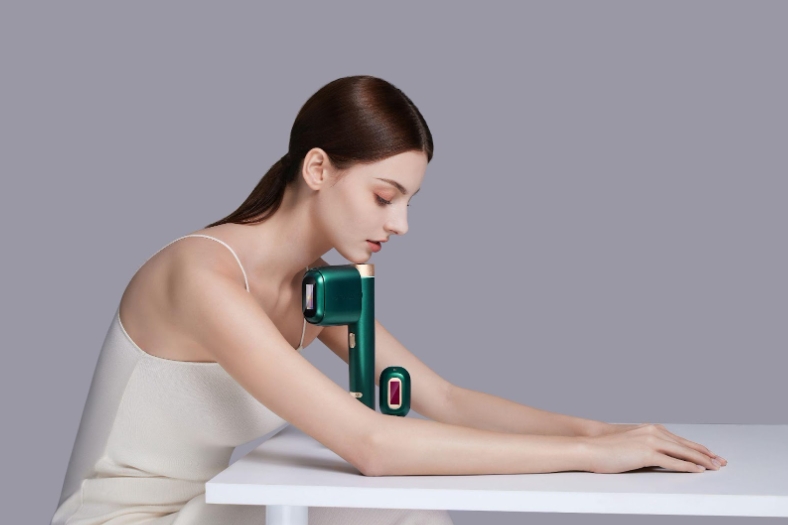
In an age when beauty routines increasingly feel like technology rollouts, questions abound. One such question is how often can you use a UV lamp for gel nails, stemming from both fascination and caution around exposure to ultraviolet light. This question hints at a deeper tension: as more personal care devices migrate into the home, from LED masks to microcurrent wands to at-home laser tools, the balance between innovation and skin safety becomes ever more critical.
Advances in beauty tech promise convenience, customization, and results once reserved for clinics. But with these tools come risks: improper use, overexposure, inconsistent standards, and gaps in scientific understanding. For consumers and regulators alike, the key challenge is harnessing the benefits of beauty technology while managing its hazards. Here’s a look at how the field is evolving, what the science says, and what users should watch for.
The Rise of At-Home Beauty Devices
Beauty innovation has moved beyond creams and serums. Nowadays, skincare routines often include gadgets, LED face masks, micro-needling pens, radiofrequency rollers, and yes, UV or LED lamps for curing gel nails. These devices offer greater control and accessibility, but they also bring questions about proper protocols, long-term effects, and safety margins.
The appeal is clear: rather than visiting a clinic or spa, one can attempt treatments at home under one’s own schedule. But the trade-off is that consumers must also assume more responsibility, understanding safe exposure, device quality, and maintenance.
What Science Says About UV (and LED) Lamp Use
The concern around UV lamps in beauty centers is not unfounded. Both LED and UV nail lamps emit ultraviolet radiation, primarily UVA, which penetrates the skin more deeply and has been associated with photoaging and DNA damage. The Harvard Health Publishing cautions that both LED and traditional UV lamps should be treated with awareness, as they produce UVA radiation and can contribute to cumulative skin stress.
Yet it’s not so simple as “all UV is bad.” A 2023 in vitro study found that UV nail lamps can induce forms of DNA damage under certain conditions. However, that same study noted that risk from typical consumer use is relatively low, though not zero, and called for improved consumer education.
Dermatologists and advocacy groups often issue balanced guidance: while occasional use under proper conditions may not pose a major threat, frequent or excessive exposure without protection could tip the scale. The Skin Cancer Foundation also confirms that nail salon lamps emit UVA, and recommends protective measures like broad-spectrum sunscreen or protective gloves when using them.
Device Standards, Quality, and Consumer Protections
One of the challenges in beauty tech is the wide variability in device design, power, and safety features. Unlike medical devices, many beauty tools are regulated more lightly, resulting in inconsistent performance or inadequate safeguards.
Some devices incorporate timers, shielding, spectral filters, or warnings to help users avoid overexposure. Others, especially cheaper models, may lack those protections, increasing the risk that users inadvertently overdo sessions. Experts often advise:
-
Choose devices from brands with transparent specifications and safety certifications.
-
Use the lowest effective dose (power × time) rather than always assuming more is better.
-
Replace bulbs or parts as recommended, and avoid using damaged or degraded devices.
-
Use protective measures (e.g. gloves, sunscreen) when relevant.
Because ultraviolet exposure contributes to lifetime skin risk, including aging and cancer, every incremental exposure counts. The CDC notes that UV radiation is a known risk for skin cancer and other skin damage.
Practical Safety Guidelines for Users
For consumers adopting beauty tech, here are practical steps to stay safer:
-
Limit Frequency and DurationEven if a device is marked for repeated use, err on the side of caution. Going over recommended times or intensities increases risk.
-
Use Protection When PossibleFor devices that expose skin (like nail lamps), apply broad-spectrum sunscreen or wear UV-protective gloves to reduce skin exposure.
-
Avoid Overlapping ExposuresDon’t combine high-intensity treatments within the same session (for instance, laser + strong UV) without professional guidance.
-
Check Device Wavelength & OutputLower-power devices or ones with filtered light may offer safer exposure profiles. Always review the technical specifications.
-
Keep Skin Healthy and ResilientStrengthening the skin barrier through hydration, antioxidants, and avoiding harsh products helps mitigate cumulative damage.
-
Consult a Dermatologist if You Have Risk FactorsThose with fairer skin, history of skin cancer, or genetic sensitivity should be extra cautious and seek medical guidance before using at-home devices.
Innovation With Care: What’s Next in Beauty Tech Safety
To make beauty tech safer and more effective, the industry is moving in some promising directions:
-
Better regulatory frameworks: There is growing discussion about linking beauty devices to safety standards akin to those for medical tools.
-
Built-in safeguards: More devices are adding automatic cutoffs, intensity scaling, and sensors to prevent misuse.
-
User education: Brands increasingly embed safety tutorials, exposure calculators, and usage logs in apps to guide safe practice.
-
Research and transparency: Better long-term studies, open device disclosures, and third-party testing will help close knowledge gaps.
In the evolving landscape of beauty and wellness, smart regulation and transparency will be equally as important as dazzling innovation.
Beauty technology places remarkable power in the hands of users, empowering people to customize care at home. Yet with that power comes responsibility. As tools like LED masks, microcurrent rollers, and UV lamps become more common, understanding their benefits and limitations is key.
Navigating this intersection of innovation and skin health isn’t about fear. It’s about informed choice: recognizing how devices function, understanding protective options, and balancing frequency and intensity. In doing so, beauty tech can truly become a partner to skin health, rather than an unseen risk.
Media Contact
Company Name: Polish Pops
Contact Person: MoniqueDiBenedetto
Email:Send Email
Country: United States
Website: polishpops.com
